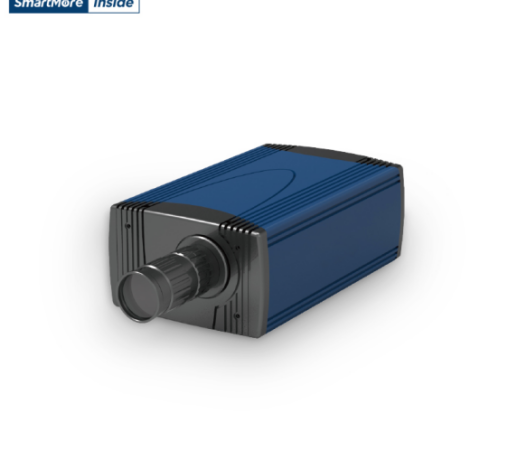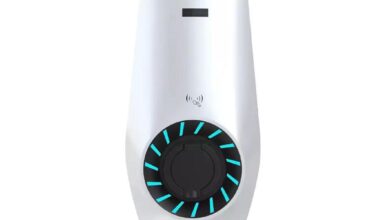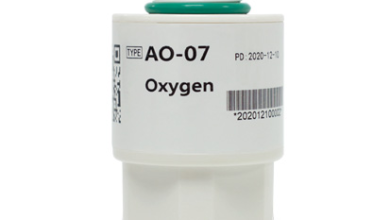Hyperspectral Camera-The Next Big Thing In Agriculture?

Smart agricultural technology is a sector that has been seen to be advancing at breakneck speed. With technological innovations in farming techniques and equipment, we are witnessing a change in the way we do agriculture.
What is a hyperspectral camera?
A hyperspectral camera is a type of imaging spectrometer that can be used to measure the absorption and reflectance of light across a wide range of wavelengths. The data collected by a hyperspectral camera can be used to identify the presence of specific materials, and to quantify their abundance.
Hyperspectral cameras are becoming increasingly popular in agriculture, as they offer a new way to monitor crops and soil. Hyperspectral images can be used to detect early signs of stress in plants, track the growth of crops, and assess the health of the soil. In addition, hyperspectral cameras can be used to map weeds, pests, and diseases.
The benefits of using hyperspectral cameras in agriculture are numerous. By providing farmers with previously unavailable information, hyperspectral cameras have the potential to improve crop yields, reduce pesticide use, and decrease water consumption. In addition, hyperspectral cameras offer a non-invasive way to gather data about crops and soil.
Benefits of using a hyperspectral camera
A hyperspectral camera is a powerful tool that can be used to detect and analyze the spectral signature of an object. By analyzing the wavelengths of light that are reflected or emitted by an object, a hyperspectral camera can provide information about the object’s composition and structure.
Hyperspectral imaging has a wide range of applications, but it is particularly well-suited for agricultural applications. In agriculture, hyperspectral imaging can be used for crop monitoring, yield prediction, irrigation management, and soil analysis.
There are many benefits to using a hyperspectral camera in agriculture. Hyperspectral imaging can be used to detect subtle changes in plant health, which can be used to improve crop yields. Additionally, hyperspectral imaging can be used to monitor water stress in plants, which can help farmers optimize irrigation schedules. Soil analysis with a hyperspectral camera can provide information about nutrient levels and soil type, which can be used to improve crop productivity.
Overall, hyperspectral imaging is a versatile tool that can be used to improve agricultural production and efficiency.
Conclusion
Only time will tell if hyperspectral cameras will become the next big thing in agriculture, but there’s no doubt that they have the potential to revolutionize the way we farm. With the ability to see beyond what the naked eye can see, these cameras could help us to more accurately target pests and diseases, leading to healthier crops and higher yields. If you are interested in smart agricultural technology, you can contact SmartMoreInside and we can provide you with a specific solution.





